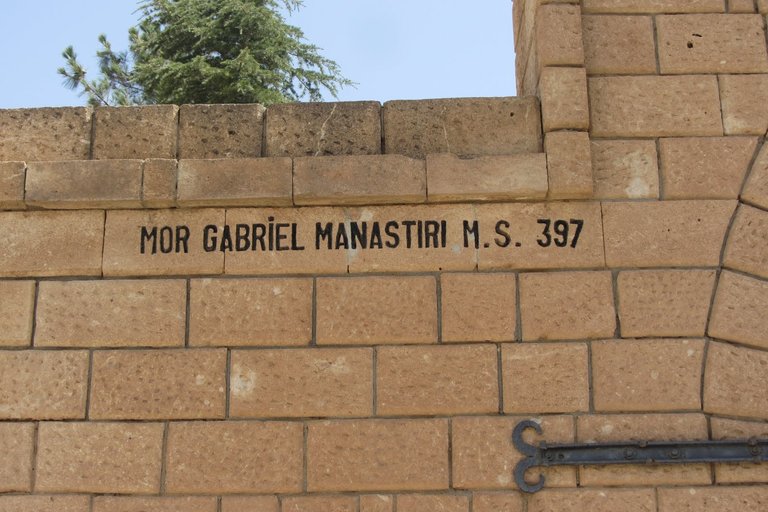







The Mor Gabriel Monastery, located in the Turabdin district of Midyat in Mardin, known as the motherland of Syrians, is one of the earliest monasteries with its 1600-year history. Founded in 397 by Mor Şmuel and Mor Şemun, the monastery has developed over centuries with the contributions and contributions of Roman emperors.
Monastery's 5th and 6th century unique monuments are made of cutting stones in the monastery which have a great historical prescription with mosaics, dome and doors of Byzantine period. The monastery, which was accepted as the second Jerusalem by the church, was remembered with different names during the historical process. The monastery, which was mentioned with the names of its founders in the early periods, was named after the Deyr-el-Umur, which was produced by the name of Süryanicede Dayro d'Umro in the following centuries, or Deyrulumur which was formed by adapting it to Turkic. The name of Mor Gabriel, which is still used today, comes from Turabdin Metropoliti Mor Gabriel, who lived in the 7th century and was loaded with saints and played a major role in the development of the monastery.
The monastery itself consists of several parts. The most famous work of the monastery is the main church, which is also called the Great Church. The contributions of the Byzantine emperor Constantine Ianthasius contributed to the construction of the Main Church, whose motifs were set in 397 by Mor Şmuel and Mor Şemun.
One of the most beautiful and striking structures of the monastery is Theodora Kubbes. The Theodora Dome, which uses stone and bricks in its construction, has a charming beauty.
The Church of Mary, located on the southwestern tip of the monastery, was also donated by the Monastery of Emperor II.Todosius.
Another building in the monastery is Azizler Evi. The saints who lost their lives in various periods were buried in the tombs that were placed in these 15 niches. The monument in the district is the largest of the tombs.
The monastery, which had a great prescription for the Christian world, was also the center of knowledge of the Syriac church throughout its more than 1600 years of history. A large number of patriarchs, metropolitans, priests and priests from the monastery school. The library of the monastery school was one of the most important libraries in the region. Unfortunately, the library, which had many manuscript books, did not arrive daily due to the looting of the historical wars.
Today Syriac is one of the most effective centers where the worship is taught to the younger generations, which is accepted as a dialect of Aramaic, the language spoken by Monastir Hz.Isa, one of the most important centers of Syriac church.

Source: http://www.wikiwand.com/en/Mor_Hananyo_Monastery
Not citing the source of photos (images) is plagiarism. Here is a post on why this is bad, and here is how easy it is to find allowed photos.
Creative Commons: If you are posting content under a Creative Commons license, please attribute and link according to the specific license. If you are posting content under CC0 or Public Domain please consider noting that at the end of your post.
Not indicating that the content you copy/paste is not your original work could be seen as plagiarism.
If you are actually the original author, please do reply to let us know!